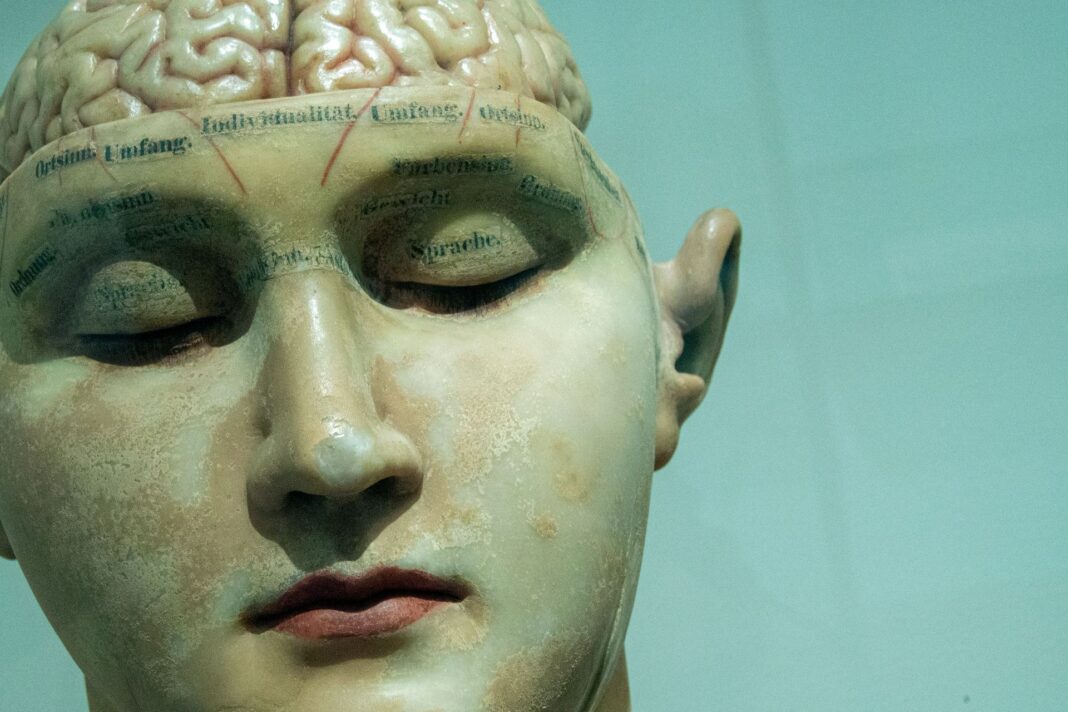A new study from University College London has shocked the medical community by revealing the possibility of Alzheimer’s disease transmission in rare cases. You might be a little panicked after hearing this, but don’t panic. Let’s first analyze the research and decide whether to panic or not.
Is Alzheimer’s transmissible between people?
Imagine a time capsule from the 1960s, filled with hopes of treating growth deficiencies in children with natural human growth hormone (HGH) therapy. Unfortunately, this well-intentioned treatment, later dubbed C-hGH, hid a dark secret: Creutzfeldt-Jakob disease (CJD).

As expected, many C-hGH recipients developed CJD. But the story changed when researchers examining brain tissue from these people unexpectedly found another hallmark – amyloid plaques, the hallmark of Alzheimer’s disease. Could this be just a coincidence, or were prions, the culprits behind CJD, also whispering the seeds of Alzheimer’s in these rare cases?
Fascinated by this whisper, researchers dug deeper. They brought together eight new cases of people who had received C-hGH as children and now had neurological problems. Five of them showed surprisingly early-onset Alzheimer’s symptoms, despite lacking the genetic predisposition that typically defines this form of the disease.
This is where the “unique” aspect of the paper comes in. Instead of sounding the alarm, let us emphasize the exceptional nature of these cases. This contamination, if it did indeed occur, was not a common mode of spread for Alzheimer’s but a one-two punch from a contaminated, now-discontinued medical practice involving prions.
Today’s hGH is synthetic and free of such risks. Furthermore, the vast majority of Alzheimer’s does not involve prions or contamination – it is a complex disease with multifaceted causes that is still the subject of intensive research.
So what does this study offer? A fascinating look at a rare pathway for the development of Alzheimer’s, potentially shedding light on how the disease spreads in the brain. This knowledge could pave the way for new avenues of research and, hopefully, better treatment options.

But let’s not lose sight of the bigger picture. Alzheimer’s research continues to focus on its primary causes and potential treatments, not on prion-based transmission from one person to another. The vast majority of Alzheimer’s patients have not been exposed to contaminated hGH, and their relatives do not face an increased risk from everyday contact.
Instead of succumbing to sensationalism, let us celebrate the scientific curiosity that has uncovered this unique phenomenon and keep it in proper perspective. Alzheimer’s remains a major problem, but with dedicated research and constant awareness, we can hope for a future where its whispers turn to silence.
Featured image credit: David Matos / Unsplash

